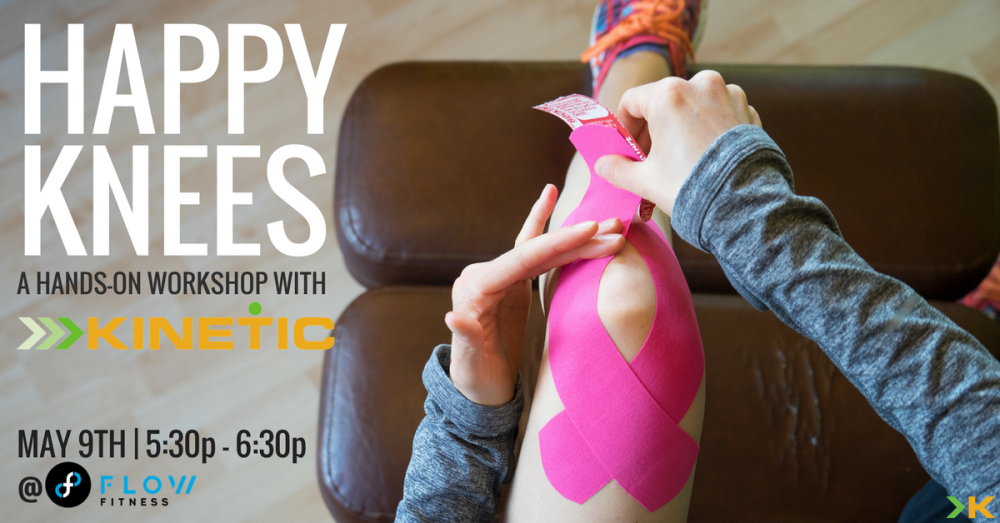This post by, Flow Personal Trainer Mackennon Klink, B.S., CSCS, CES, PN1
I’m going to share a small secret about weight loss: it totally sucks. You start off like a champ; waking up early and crushing your workout, eating a healthy breakfast and lunch, and drinking enough water throughout the day to put Aquaman to shame. Yet, when you get home, you can’t control yourself. You begin eating everything in sight, leaving behind a wake of crumbs, and wrappers, only to start building a fire pit to slow roast a small pig before that hunger strike subsides. (No one else? Just me?)
While the last example may be a touch extreme, I have found a lot of my clients (including myself) endure uncontrollable hunger urges. We spend the day carefully monitoring our diet, and once home “fall off” the diet by eating anything, and everything in sight. This kind of unregulated eating can make weight loss even more difficult and set back overall progress. To prevent this, allow me to introduce the “Red Light, Green Light“ kitchen makeover.
In this makeover the first step is to review the items inside your refrigerator and pantry. Categorize each item into red light, yellow light, and green light foods. That’s right, you are cleaning out your kitchen and getting rid of any junk food or snacks that might be a trigger food.
Red light foods, in short, are bad for you. These are the foods that make you feel sick, unhealthy, unsatisfied, and/or cause you to binge eat. Usually, these foods have a low nutrient density are bad news for your nutrition goals by containing little to no substantial nutrients. Think of these foods as empty calories as they contribute little to nothing to your diet.
Red Light foods include:
- Processed foods (Crackers, chips, bagels, cereals)
- Sugary drinks (Soda, orange juice)
- Frozen dinners (Hungry Man, etc.)
- Flavored nuts (beer nuts)
- Instant foods (Ramen noodles, microwave-ready foods)
Next are yellow light foods, Yellow light foods can be either “good or bad”. These foods depend on a few factors, such as your lifestyle, food habits, and/or diet These may be items you can eat without feeling ill, or over-indulging – but they may not be technically “good” for you. . Approach yellow light foods with caution.

Alcohol contains 7 calories per gram and doesn’t contain any useful nutrients. In fact, drinking alcohol can inhibit both fat lose and strength gains. However, drinking alcohol is socially acceptable (i.e. happy hours), and you may want to indulge with your co-workers. If you do, limit your alcohol consumption to 4 drinks a week.
Another example would be ice cream. For some people, they can resist the urge, while others have just a single spoon full. AND THEN, there are the people who simply cannot control their urges and should have a restraining order against that food. (You know who you are.)
The major key to determining yellow light foods is to be honest with yourself to prevent self-sabotage. If you don’t have that tempting food around, you will either forget about it or have to go out of your way to cheat.
Precision Nutrition’s John Berardi’s first law states, “if food is in your house or possession, either you, someone you love, or someone you marginally tolerate, will eventually eat it.” No matter how much will-power you may possess, there will be one day when you will give in to that delicious chocolate chip cookie dough ice cream.
Lastly, we have the green light foods. Green light foods make you feel well both mentally and physically. They usually contain tons of nutrients, vitamins and minerals. We want to populate the kitchen with as any green foods as possible. In short, these are the foods you know you should be eating more, yet don’t.
Green Light foods include:
- 90% or higher lean meats (chicken, turkey, ground beef, wild game)
- Fish (cod, halibut, salmon, tuna, tilapia)
- Fruits (apples, oranges, asparagus, avocados, bananas, green beans)
Placing foods into different categories can be a bit tricky and may take a while, so I suggest you take an afternoon to go through your entire kitchen and identify your own red, yellow, and green light food list. Focus on eliminating as many unhealthy or red light foods, and stockpile the healthier options or green light foods. By cleaning out your kitchen and getting rid of any red light foods (or snacks that might be a hunger trigger) you’ll be surrounding yourself with healthy foods.
Focus on populating your kitchen, refrigerator, and pantry with plenty of green light foods. Keep those items visible and convenient, so when you are hit by that hunger Mack Truck, you can sidestep it and stay on the path toward your goal and you don’t have to build that fire pit to sacrifice that poor pig.


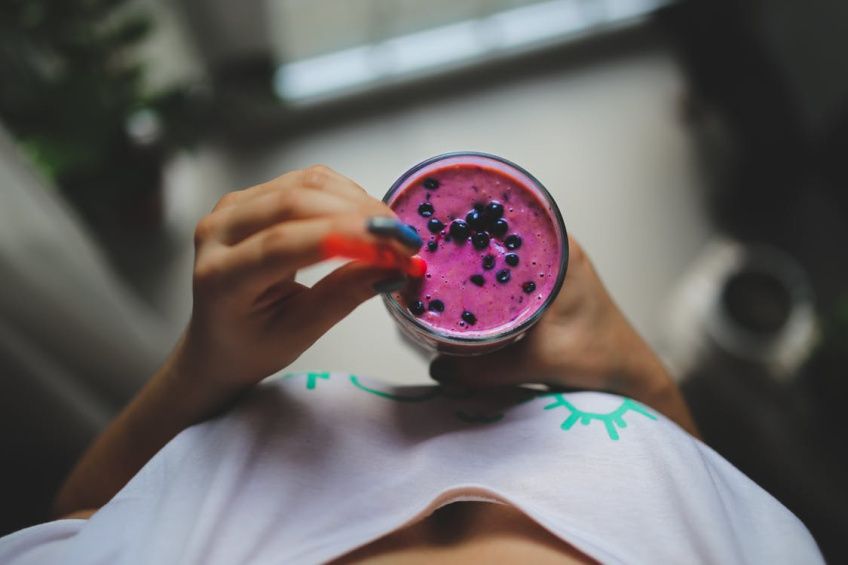

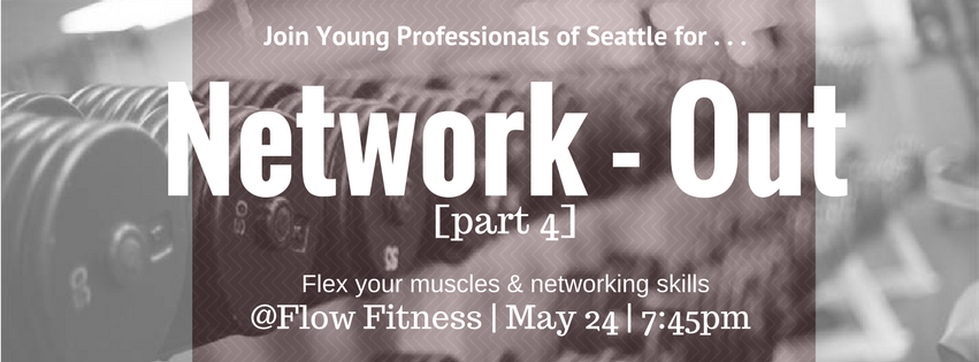
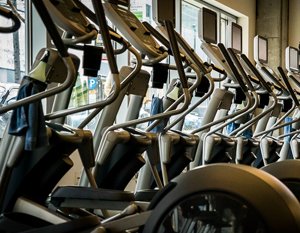
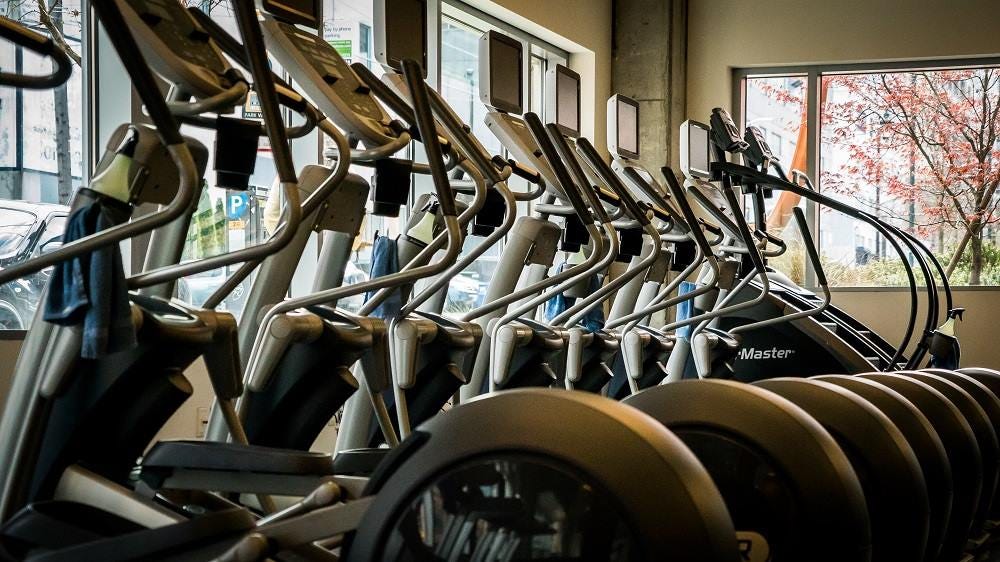

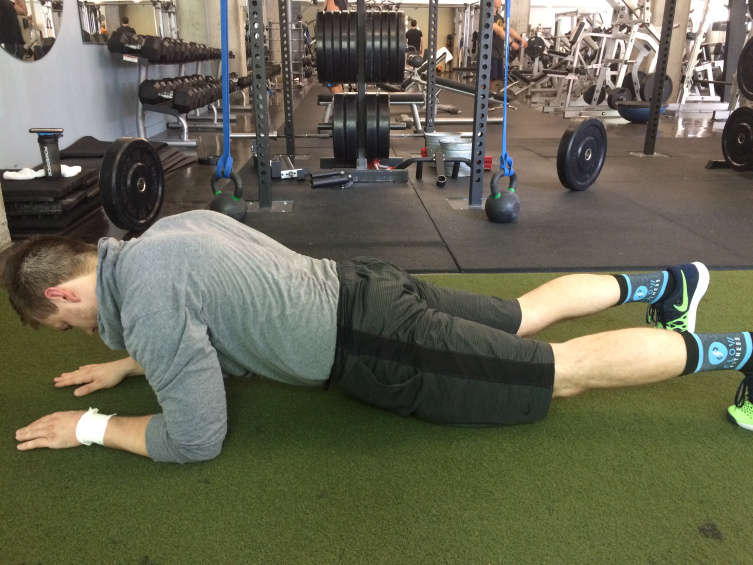
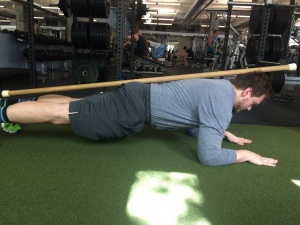 Luckily, there is a quick and easy way to prevent your body from creeping into these postural aliments and all you need is a stick.
Luckily, there is a quick and easy way to prevent your body from creeping into these postural aliments and all you need is a stick.

